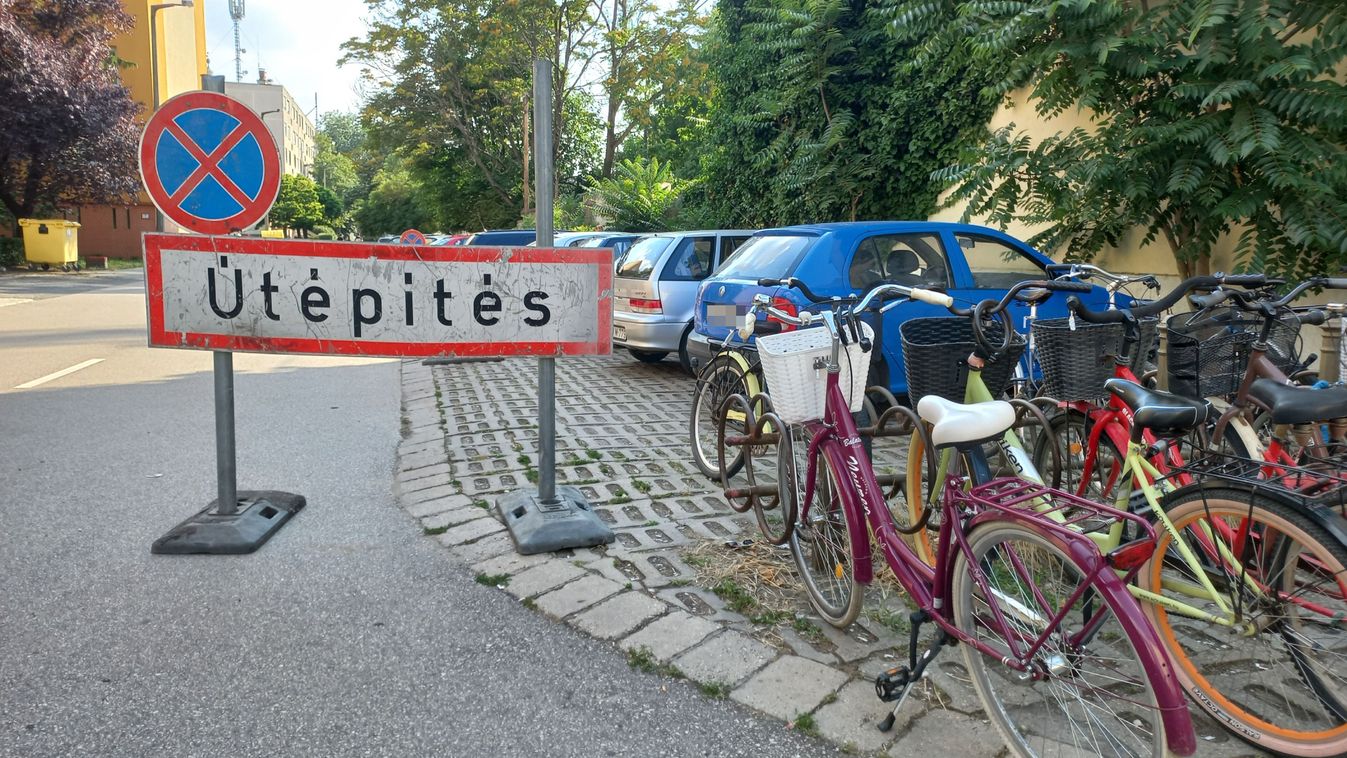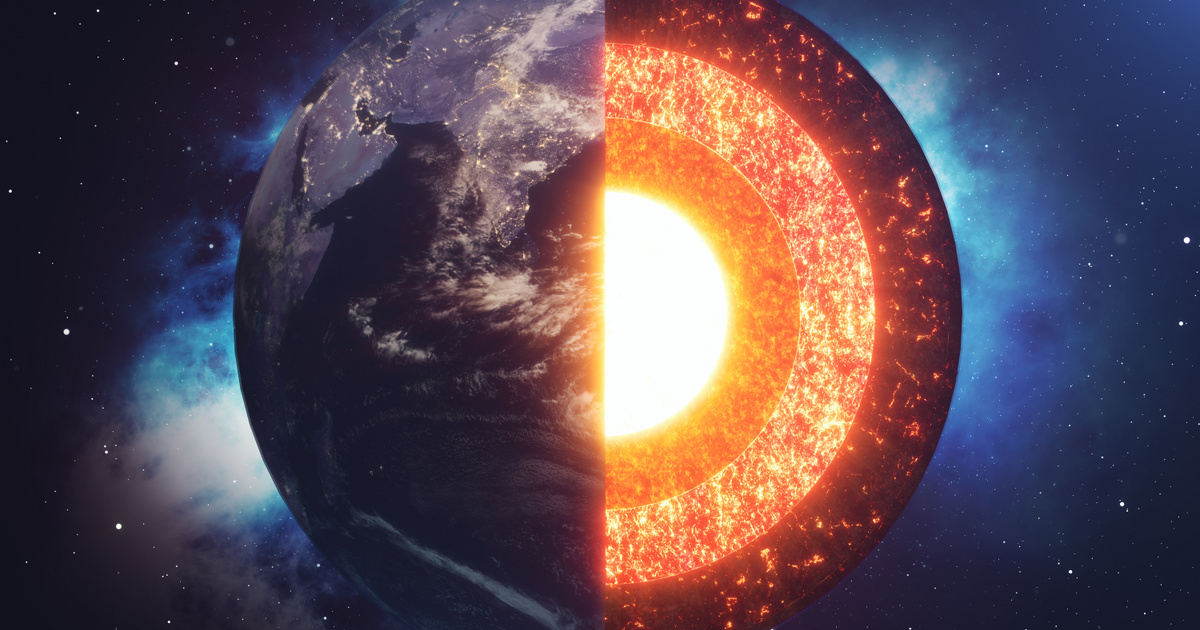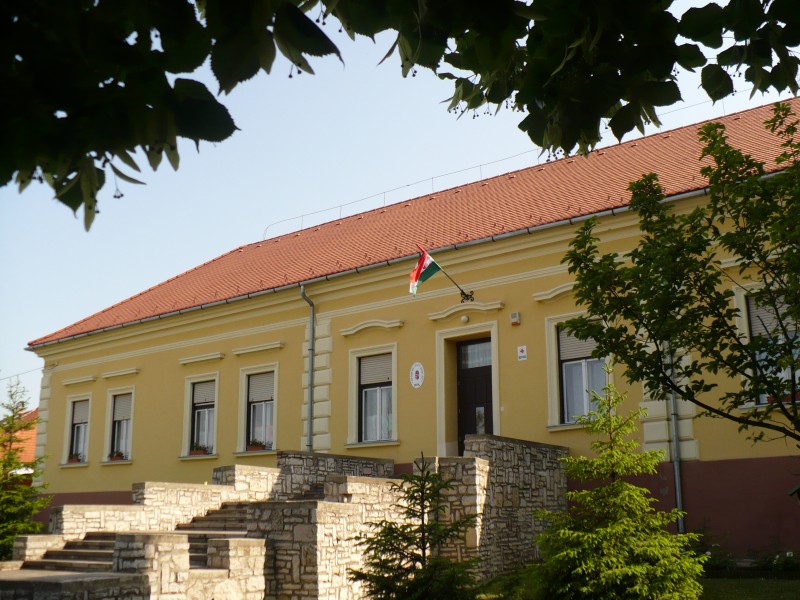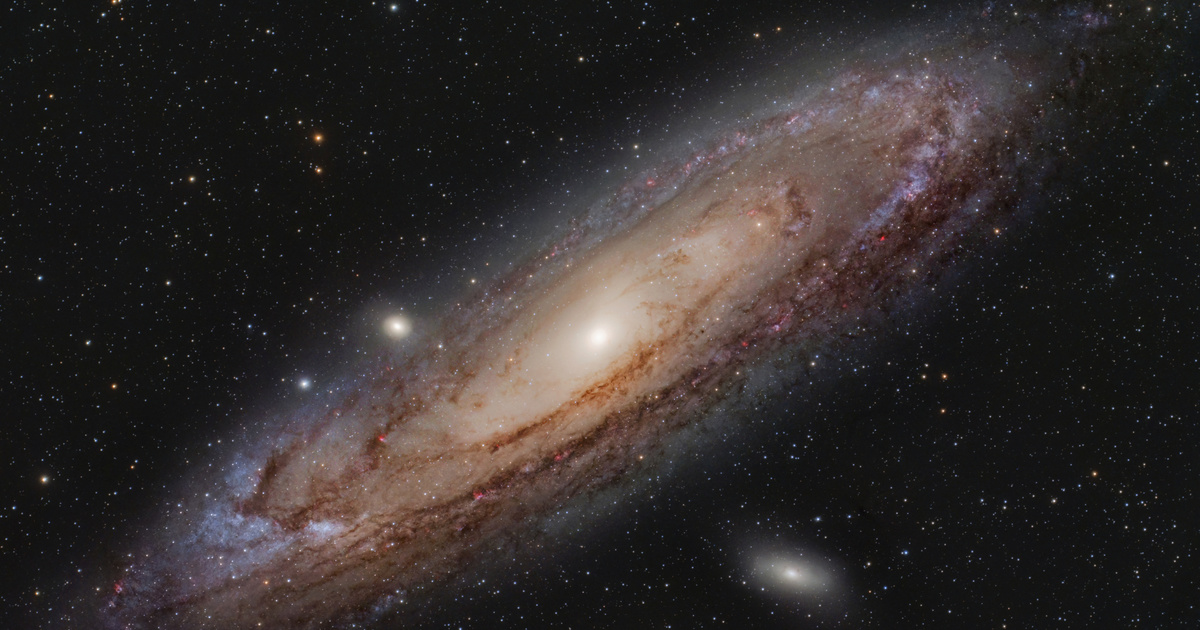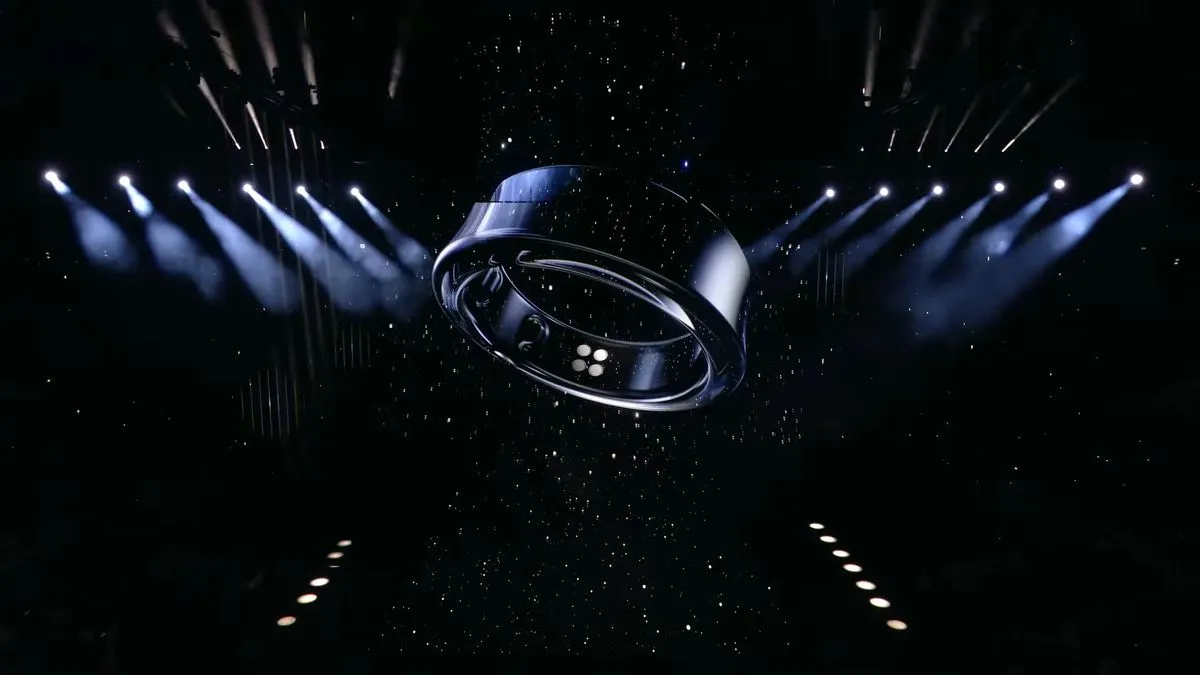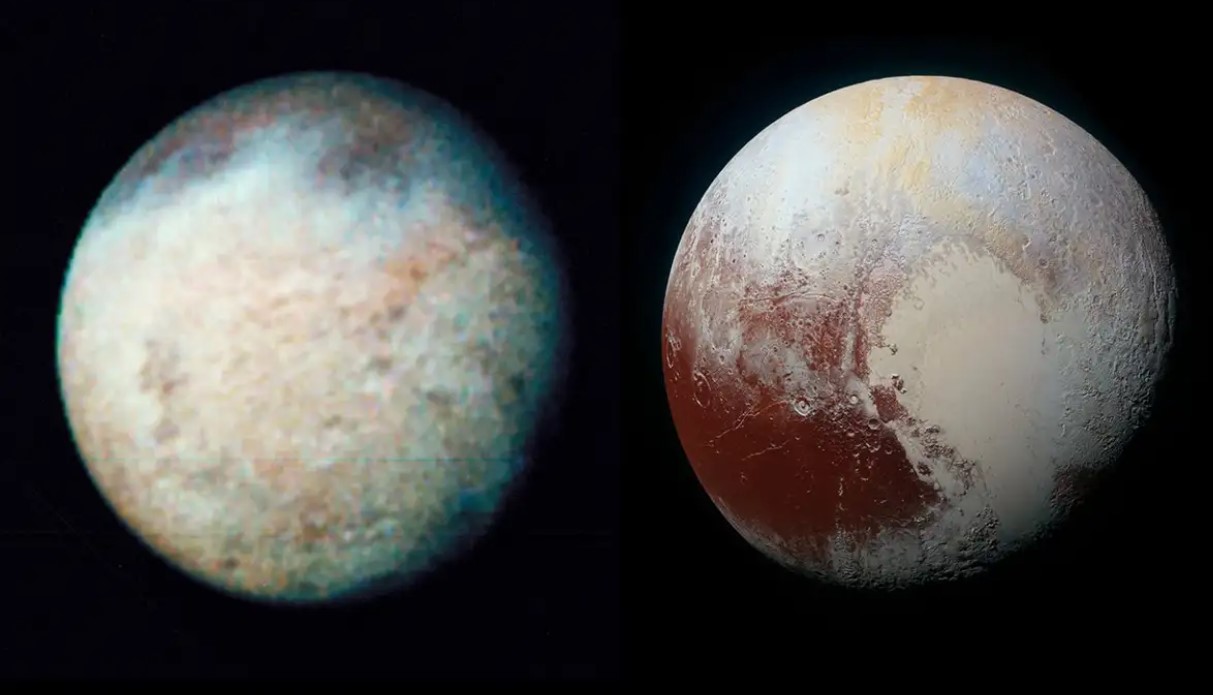Brazilian researchers have confirmed the integral theory of Danish physicist and Nobel Prize winner Niels Bohr. According to the 1928 theory, in the quantum world, the different properties of particles complement each other and only one property can be known.
The theory arose from the fact that everything is clear and certain in Newtonian physics, where the kinetic energy of small trains moving on straight rails is transmitted, but Thomas Young and the double slit experiment came together, and for two centuries everyone was preoccupied with the question of whether things were particles or waves. Recent experiments have attempted to reveal the two types of behavior with late measurements, but the complementarity, which applies not only to photons, but to all subatomic particles, has remained in them as well.
In 1803, Young found that the diffraction pattern of light passing through slits showed that light is a wave. In 1905, Einstein proved that light is a particle that depends on the photoelectric effect of light. Bohr’s solution to the contradiction by integration. Einstein responded by saying that God does not roll dice.
In 2017, during experiments with superconductors, physicists observed phenomena on which different properties are based at the same time, in a state of superposition. This contradicts the principle of complementarity.
Researchers at ABC University in São Paulo developed another experiment in which they manipulated the spins of different atoms using magnetic resonance, also used in medical imaging systems, and then sent them to a spin-based magnetic interferometer to determine if they were particles or waves. .
This system showed the same statistics as previous, late electoral experiments. However, in the new configuration, we were able to correlate the results of the experiment with the behavior of waves and particles, proving Bohr’s principle of integration.
Pedro Ruas Dieguez, who joined the experiment from Poland, noted.
The finding is exciting because Brazilian physicists have created a mathematical framework and experimental method that can really test the realism of a physical system, said Stephen Holler, a professor of physics at Fordham University, an independent expert interviewed by Popular Mechanics.
The lesson from the study published in April 2022 is that the mutually exclusive facts of the quantum world really do complement each other. The particle can be in one place and Everywhere. The difference, just as with the mystery wallet, depends on where you look at it. Why quantum particles take on mutually exclusive properties remains a mystery.













